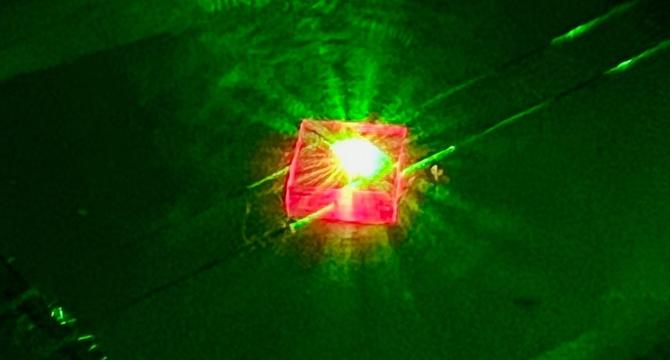Brighter Side of News
2w
72

Image Credit: Brighter Side of News
Time Crystals: A New Frontier in Quantum Physics
- Physicists have delved into the realm of time crystals, breaking symmetry in time rather than space to create a new phase of matter known as time quasicrystals.
- In a recent breakthrough, researchers from Washington University, MIT, and Harvard successfully created a time quasicrystal, challenging existing notions of periodicity.
- Unlike traditional time crystals, time quasicrystals display non-repeating time intervals, akin to the ordered yet non-periodic nature of quasicrystals in materials science.
- This unique phase of matter was generated using NV centers in a diamond, where microwave pulses induced quasiperiodic oscillations, creating structured yet non-repetitive time patterns.
- Time quasicrystals exhibit complex dynamics with frequencies arising from incommensurate interactions, enabling the observation of robust temporal order in the system.
- The discovery of time quasicrystals opens avenues for applications in quantum sensing, timekeeping, and potentially quantum computing, offering long-lasting and stable quantum memory solutions.
- Time quasicrystals show promise in revolutionizing technological sectors by providing ultra-precise sensors, stable timekeepers, and potential quantum memory components.
- Future research aims to explore the properties of time quasicrystals further, optimize system interactions, and investigate their potential formation in diverse quantum material environments beyond diamond NV centers.
- Scientists believe that the creation of a true time quasicrystal marks the beginning of a new understanding of how time can be structured in innovative ways within the realm of quantum physics.
Read Full Article
4 Likes
For uninterrupted reading, download the app